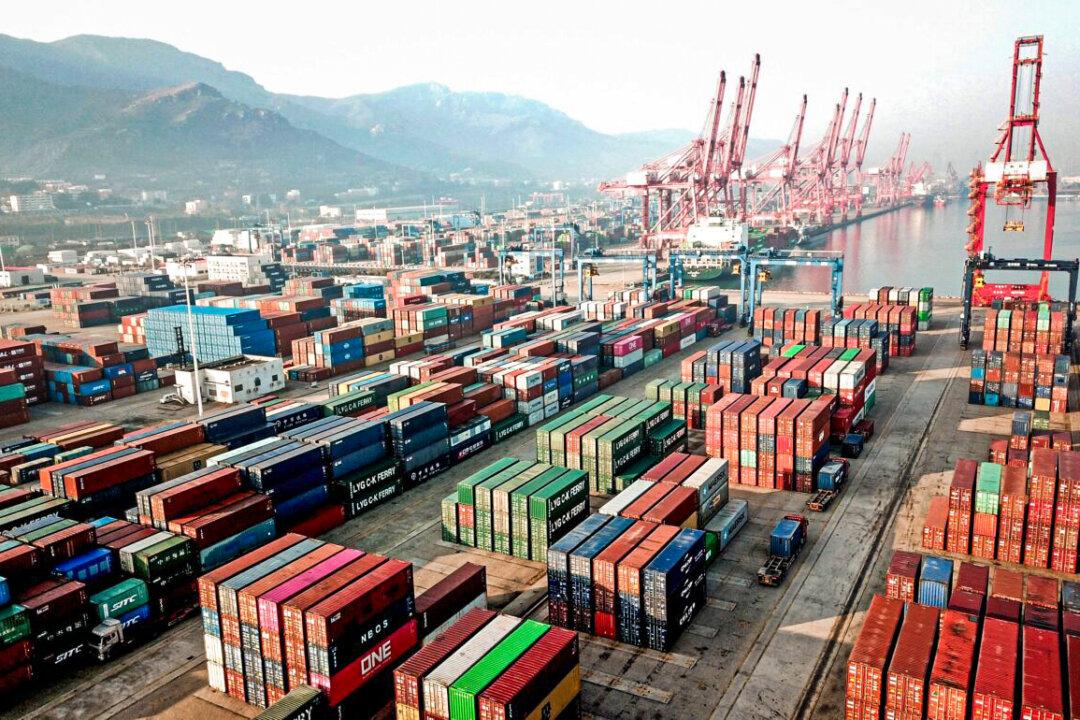Beijing’s marked failure to meet its promises under the “phase one” trade deal signed in January 2020, and its ongoing flouting of World Trade Organization (WTO) rules and guidelines, call for a shift in how the United States and aligned nations approach commerce with the vast markets of China, experts said.
Under the agreement, China made a pledge to import higher volumes of U.S. goods in 2020 and 2021, to the tune of a total $700 billion beyond 2017 imports. The deal expired at the end of 2021 with China having imported only $221.9 billion out of a target of $380.5 billion for the two years in question.





